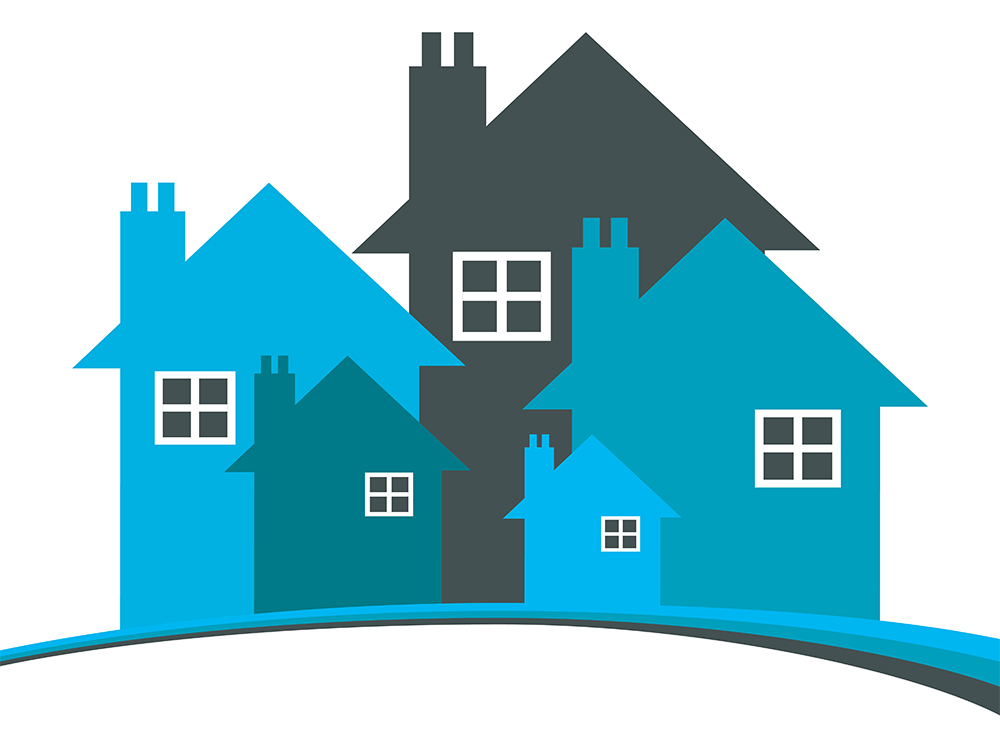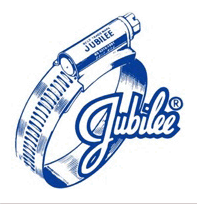Adjustable-Rate Mortgage: what an ARM is and how It Works
페이지 정보
작성자 Sherlyn, 이메일 sherlyntabor@yahoo.com 작성일25-11-27 08:36 조회0회 댓글0건신청자 정보
직책 , 주소 , 우편번호관심 정보
제품, 관심품목관심 정보
년간사용수량 , 카달록 필요관련링크
본문

When fixed-rate mortgage rates are high, loan providers might start to recommend variable-rate mortgages (ARMs) as monthly-payment conserving options. Homebuyers normally select ARMs to conserve cash temporarily because the initial rates are usually lower than the rates on present fixed-rate home loans.
Because ARM rates can potentially increase with time, it often only makes good sense to get an ARM loan if you need a short-term way to maximize month-to-month capital and you understand the benefits and drawbacks.

What is an adjustable-rate home loan?
An adjustable-rate mortgage is a mortgage with a rate of interest that changes throughout the loan term. Most ARMs feature low preliminary or "teaser" ARM rates that are repaired for a set period of time long lasting 3, five or seven years.
Once the initial teaser-rate period ends, the adjustable-rate period begins. The ARM rate can rise, fall or remain the exact same during the adjustable-rate period depending on two things:
- The index, which is a banking benchmark that differs with the health of the U.S. economy
- The margin, which is a set number contributed to the index that determines what the rate will be throughout a change period
How does an ARM loan work?
There are numerous moving parts to a variable-rate mortgage, that make determining what your ARM rate will be down the roadway a little tricky. The table below discusses how all of it works
ARM featureHow it works.
Initial rateProvides a predictable month-to-month payment for a set time called the "fixed period," which frequently lasts 3, 5 or 7 years
IndexIt's the real "moving" part of your loan that varies with the financial markets, and can go up, down or remain the exact same
MarginThis is a set number added to the index throughout the change duration, and represents the rate you'll pay when your preliminary fixed-rate duration ends (before caps).
CapA "cap" is simply a limit on the percentage your rate can rise in a change duration.
First change capThis is just how much your rate can increase after your initial fixed-rate duration ends.
Subsequent modification capThis is how much your rate can increase after the first adjustment period is over, and uses to to the rest of your loan term.
Lifetime capThis number represents how much your rate can increase, for as long as you have the loan.
Adjustment periodThis is how frequently your rate can change after the initial fixed-rate period is over, and is usually six months or one year
ARM modifications in action
The very best way to get an idea of how an ARM can change is to follow the life of an ARM. For this example, we presume you'll secure a 5/1 ARM with 2/2/6 caps and a margin of 2%, and it's connected to the Secured Overnight Financing Rate (SOFR) index, with an 5% preliminary rate. The monthly payment quantities are based on a $350,000 loan amount.
ARM featureRatePayment (principal and interest).
Initial rate for first 5 years5%$ 1,878.88.
First adjustment cap = 2% 5% + 2% =.
7%$ 2,328.56.
Subsequent modification cap = 2% 7% (rate prior year) + 2% cap =.
9%$ 2,816.18.
Lifetime cap = 6% 5% + 6% =.
11%$ 3,333.13
Breaking down how your rates of interest will change:
1. Your rate and payment will not alter for the very first five years.
2. Your rate and payment will go up after the preliminary fixed-rate duration ends.
3. The first rate modification cap keeps your rate from exceeding 7%.
4. The subsequent change cap suggests your rate can't rise above 9% in the seventh year of the ARM loan.
5. The lifetime cap means your mortgage rate can't go above 11% for the life of the loan.

ARM caps in action
The caps on your variable-rate mortgage are the very first line of defense against enormous boosts in your monthly payment during the change duration. They come in helpful, especially when rates increase rapidly - as they have the past year. The graphic listed below shows how rate caps would avoid your rate from doubling if your 3.5% start rate was prepared to adjust in June 2023 on a $350,000 loan amount.
Starting rateSOFR 30-day average index worth on June 1, 2023 * MarginRate without cap (index + margin) Rate with cap (start rate + cap) Monthly $ the rate cap saved you.
3.5% 5.05% * 2% 7.05% ($ 2,340.32 P&I) 5.5% ($ 1,987.26 P&I)$ 353.06
* The 30-day average SOFR index soared from a portion of a percent to more than 5% for the 30-day average from June 1, 2022, to June 1, 2023. The SOFR is the suggested index for mortgage ARMs. You can track SOFR changes here.
What it all ways:
- Because of a huge spike in the index, your rate would've leapt to 7.05%, however the adjustment cap minimal your rate increase to 5.5%.
- The modification cap conserved you $353.06 per month.
Things you should understand
Lenders that provide ARMs need to supply you with the Consumer Handbook on Variable-rate Mortgage (CHARM) pamphlet, which is a 13-page document created by the Consumer Financial Protection Bureau (CFPB) to assist you understand this loan type.
What all those numbers in your ARM disclosures indicate
It can be puzzling to comprehend the different numbers detailed in your ARM paperwork. To make it a little simpler, we've set out an example that discusses what each number implies and how it could impact your rate, presuming you're offered a 5/1 ARM with 2/2/5 caps at a 5% initial rate.
What the number meansHow the number impacts your ARM rate.
The 5 in the 5/1 ARM implies your rate is fixed for the first 5 yearsYour rate is fixed at 5% for the first 5 years.
The 1 in the 5/1 ARM suggests your rate will adjust every year after the 5-year fixed-rate period endsAfter your 5 years, your rate can change every year.
The very first 2 in the 2/2/5 adjustment caps implies your rate might increase by a maximum of 2 percentage points for the first adjustmentYour rate could increase to 7% in the first year after your initial rate period ends.
The 2nd 2 in the 2/2/5 caps implies your rate can only increase 2 percentage points annually after each subsequent adjustmentYour rate could increase to 9% in the second year and 10% in the 3rd year after your preliminary rate period ends.
The 5 in the 2/2/5 caps means your rate can increase by a maximum of 5 portion points above the start rate for the life of the loanYour rate can't exceed 10% for the life of your loan
Types of ARMs
Hybrid ARM loans
As pointed out above, a hybrid ARM is a home mortgage that begins out with a fixed rate and converts to a variable-rate mortgage for the rest of the loan term.
The most typical initial fixed-rate durations are 3, 5, 7 and 10 years. You'll see these loans advertised as 3/1, 5/1, 7/1 or 10/1 ARMs. Occasionally the adjustment period is only six months, which means after the initial rate ends, your rate could change every six months.
Always read the adjustable-rate loan disclosures that feature the ARM program you're offered to make certain you comprehend just how much and how frequently your rate could adjust.
Interest-only ARM loans
Some ARM loans come with an interest-only choice, enabling you to pay just the interest due on the loan monthly for a set time varying in between 3 and ten years. One caution: Although your payment is extremely low because you aren't paying anything toward your loan balance, your balance stays the same.
Payment choice ARM loans
Before the 2008 housing crash, loan providers used payment alternative ARMs, giving debtors a number of options for how they pay their loans. The options included a principal and interest payment, an interest-only payment or a minimum or "limited" payment.
The "restricted" payment enabled you to pay less than the interest due each month - which implied the overdue interest was included to the loan balance. When housing values took a nosedive, lots of house owners wound up with underwater home loans - loan balances greater than the worth of their homes. The foreclosure wave that followed triggered the federal government to greatly limit this kind of ARM, and it's rare to discover one today.
How to qualify for a variable-rate mortgage
Although ARM loans and fixed-rate loans have the exact same standard certifying standards, standard variable-rate mortgages have stricter credit requirements than standard fixed-rate home mortgages. We have actually highlighted this and some of the other differences you must understand:
You'll need a greater deposit for a conventional ARM. ARM loan standards need a 5% minimum deposit, compared to the 3% minimum for fixed-rate conventional loans.

You'll require a higher credit report for standard ARMs. You might need a score of 640 for a traditional ARM, compared to 620 for fixed-rate loans.
You might require to qualify at the worst-case rate. To make certain you can repay the loan, some ARM programs require that you certify at the optimum possible interest rate based on the terms of your ARM loan.
You'll have additional payment modification security with a VA ARM. Eligible military customers have additional defense in the form of a cap on annual rate boosts of 1 percentage point for any VA ARM product that changes in less than five years.
Advantages and disadvantages of an ARM loan
ProsCons.
Lower preliminary rate (usually) compared to comparable fixed-rate home mortgages
Rate could adjust and end up being unaffordable
Lower payment for short-lived cost savings needs
Higher deposit might be needed
Good option for customers to conserve money if they plan to offer their home and move soon
May need higher minimum credit report

Should you get an adjustable-rate mortgage?
An adjustable-rate mortgage makes sense if you have time-sensitive goals that consist of offering your home or re-financing your home loan before the initial rate duration ends. You may likewise desire to consider using the additional savings to your principal to faster, with the concept that you'll net more when you sell your home.

댓글목록
등록된 댓글이 없습니다.











